December 3rd is the International Day of Persons with Disabilities. At Schneider Electric, we want our employees to feel welcomed and safe to be at their best, with our ambition to be the most diverse, inclusive, and equitable company, globally.
To build a diverse work environment, we need to act as allies and foster inclusion by better understanding of the key concepts and what people with disabilities need. Rick Blair shares his story as a person with a disability, his journey, and how he continues to move the needle for accessibility at Schneider Electric and beyond.
Inclusion in my Early Life
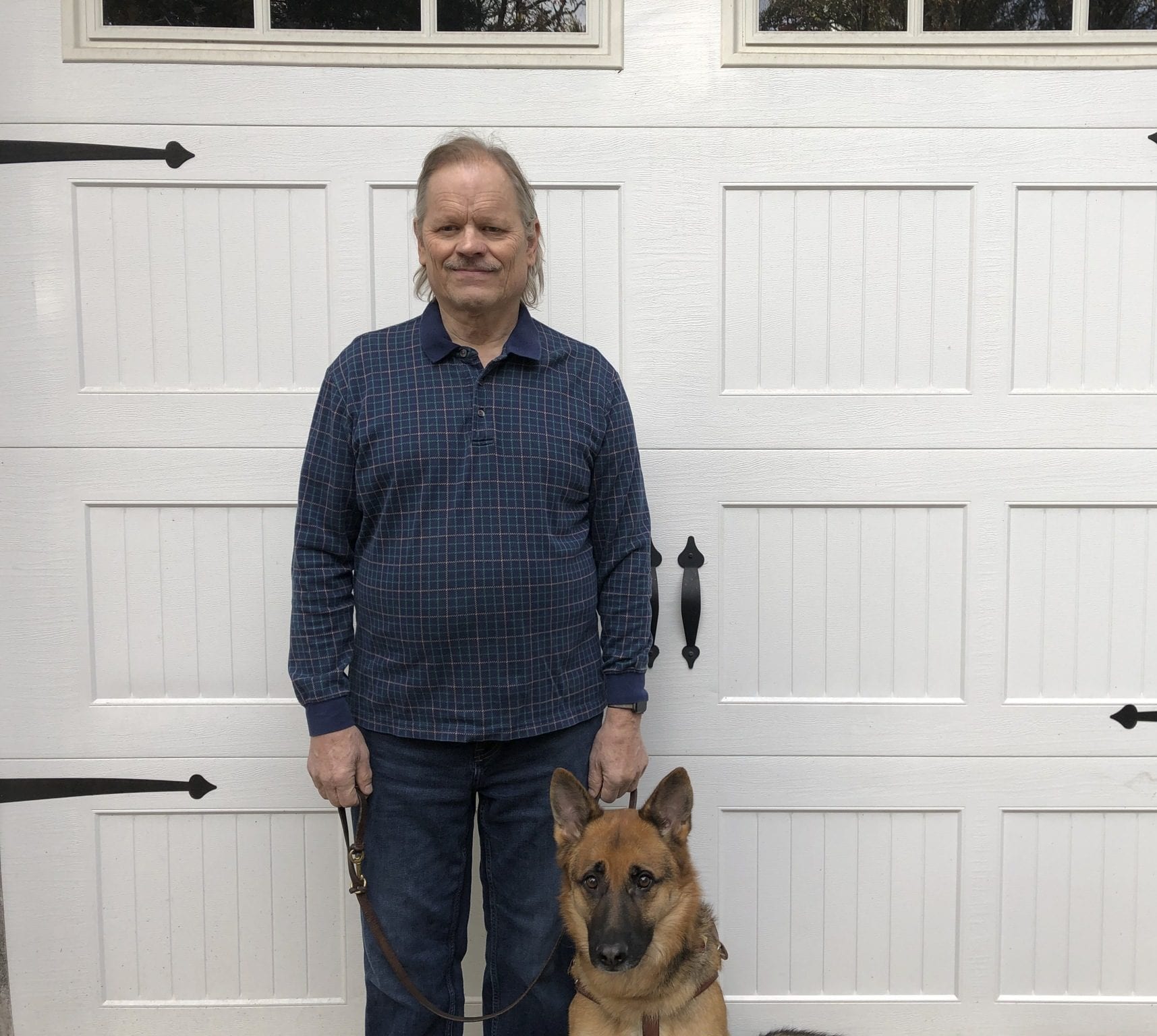
Hello. My name is Rick Blair and I am blind. This journey into darkness began in 1999 and, although gradual, has resulted in an almost total loss of eyesight as of 2020.
I have been challenged with eyesight problems since birth, resulting in visual acuity that has never been better than 20/70. My eye doctor recommended that my parents send me to a special school for the disabled (called “handicapped” back then). This consisted of a single classroom of disabled students integrated into a regular public school.
Here, I was introduced to children with various disabilities. To make matters more challenging, the kids in this classroom were all white in a school that was mostly black. What I remember most is the willingness of the students to include us in their playground activities, often modifying the play in order to accommodate a disabled student.
One of my most memorable experiences was in the neighborhood where I was raised. As kids, we would congregate on one of the neighborhood streets to play a game we called 500. It consisted of a batter (who would repeatably hit a baseball using a baseball bat) and a bunch of fielders, who would attempt to catch the ball. Various points were scored depending upon the difficulty of the catch. When a fielder reached 500 points, they would become the next batter. Whenever I was present to play, they would switch to a much larger and brighter colored ball to accommodate me. This was one of my first experiences with adaptations for inclusion.
Advocacy
While this special school had many redeeming qualities, it was easy to identify the disabled students and some kids would mercilessly make fun of us. So, when it was time to choose the next level school, I asked my parents to let me attend the neighborhood school instead of another special school. Here is where I learned about advocacy. I learned to work with teachers and school administrators to let them know of my eyesight problems and how they could help me succeed. While I would always sit in the front row in order to see the chalkboard, sometimes I would need to get up and get closer. As I transitioned to higher schools, college, and the workplace, advocacy has been a key factor in my success. I have had very few circumstances where my requests for accommodations have not been fulfilled.
As I aged, several crucial events occurred.
- In the US, the Americans with Disabilities Act was passed. We saw significant changes in building design and renovation to accommodate the physically disabled community.
- The World Wide Web emerged, and with it, guidelines to make it accessible.
I ignored much of this. After all, I was not disabled. I only had a slight eyesight problem. What I failed to realize is that unintentional barriers can be created during the design of buildings and products that render them unusable by certain disabilities. This is mainly a consequence of a lack of knowledge regarding accessible and inclusive design practices. What really demonstrated this was when I tried to use applications I had written for my own personal use back when I was sighted. I was horrified to learn that I could no longer use them after losing my eyesight due to inaccessibility.
In 2010, when I no longer had enough eyesight to use a computer without some type of assistive technology, reality struck. The shock of how inaccessible digital devices and content were to people with disabilities has still not worn off. Over the next several years, I had to learn how to function while blind. I got a guide dog. I got an iPhone, which, when first released was totally inaccessible, but by then was the phone of choice for people with disabilities. (Apple has made accessibility an integral part of their development process, including hiring people with disabilities and including them in design and testing.) I began to use a screen reader (a program that converts text to speech) to operate a smartphone or computer. Using a mouse is no longer an option; access is only via a keyboard or touchscreen.
Navigating the World with my Disability
Navigating the world being led by a dog rejuvenated my advocacy skills, sometimes having to educate business owners of my right to enter their facility with my dog. It also forced me to trust a dog over my remaining eyesight. Using a screen reader takes years of practice, and initially, it was difficult to figure out if my inability to access something was due to my inexperience or to a lack of accessibility. Sadly, screen readers cannot help me if digital content is not produced with accessibility in mind because it can’t read content that it cannot access.
In 2014, Schneider Electric was releasing a new product that I was excited to add to my Schneider Electric product collection that I use at home. However, before purchasing, I learned that the product had not been designed to consider accessibility.
I was upset and decided that I wanted to advocate for accessibility at Schneider Electric. But if I wanted to push for accessibility, I needed to learn as much as I could about the topic. I learned about various disabilities and how using different guidelines helps accommodate those disabilities. I learned how to make websites and documents accessible. I took many courses and obtained several certifications. I preached to anyone who would listen. I shared my knowledge. Upon discovering inaccessible content, I was able to explain what made it inaccessible and could often explain how to fix it. I have discovered other like-minded employees within Schneider Electric and, together, we are involved with several grassroots initiatives to apply accessibility guidelines to Schneider Electric websites and learning environments.
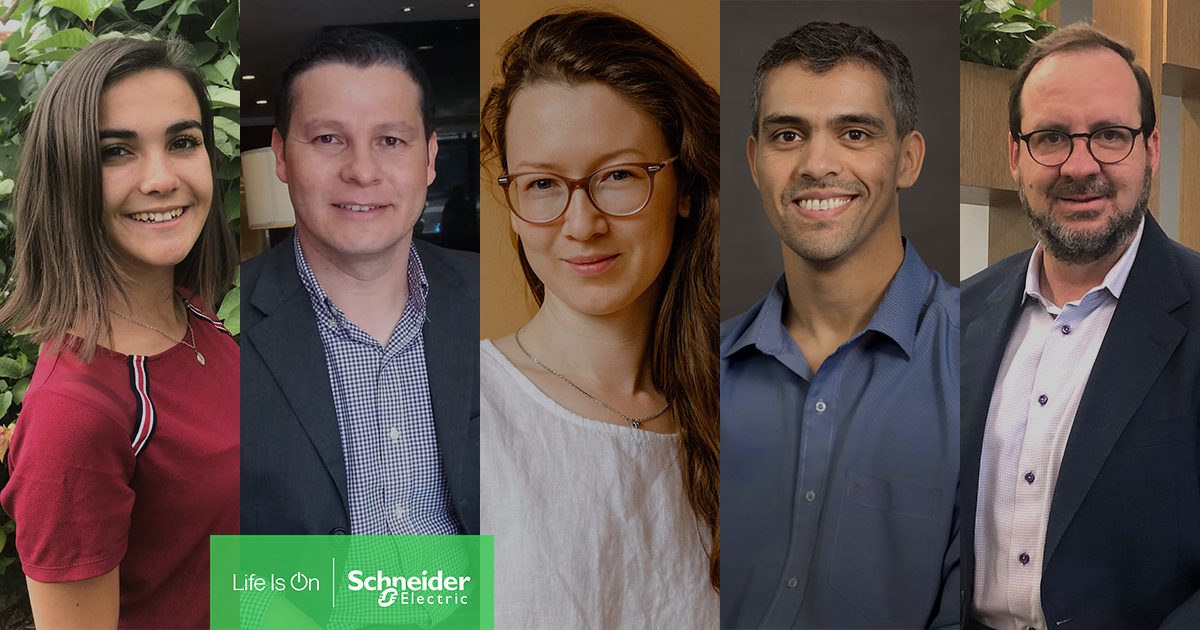
Accessibility at Schneider Electric
At Schneider Electric, we are making progress, but we still have work to do. One area I continuously advocate for is more focus on ensuring accessibility is considered at the beginning of product design development and tool selection. On my advocacy education journey, one of the key things I learned is that incorporating accessibility benefits more than just people with disabilities. The curb cut, initially designed to allow wheelchair users to get on a sidewalk from a street, is used by people pushing strollers, pulling rolling suitcases, and using handcarts, and it has influenced how airports and shopping malls are designed to eliminate short staircases. Closed captions benefit the deaf and also are used in environments where a sound is muted (such as noisy offices and quiet restaurants). Using high-contrast color benefits not only people who are color blind but those viewing a screen in bright sunlight.
One of Schneider Electric’s core values is #EmbraceDifferent. As a disabled person, I may not do a task in the same manner. (For example, filling a glass with liquid: Most use their eyesight to detect nearly full, I use my finger. Note, this does not work well with hot coffee.) But isn’t having different perspectives and finding different ways of doing things another facet of innovation? By leveraging different experiences and backgrounds, it makes an organization more creative. Including the knowledge and experiences of disabled people in the development process provides opportunities to ensure accessible products, buildings, and tools, which as explained in my examples above, benefits more than just the disabled.
Including the disabled in the workforce mandates an infrastructure that is supportive. That means having tools and buildings that are accessible. Grassroots initiatives are one way to introduce accessibility into portions of Schneider Electric, but it is not sustainable. Accessibility needs to become an integral aspect of our culture. It starts with awareness, followed by education. This week, Schneider Electric is hosting its first global People with Disabilities awareness week. It is the start of the journey to help our employees understand the barriers and biases that exist and the actions they can take to be strong advocates and allies. I am very excited to be part of this journey to make our culture more inclusive for people with disabilities as I have many ideas on how we can get started.
To learn more about our Diversity and Inclusion journey, check out our website www.se.com/diversity
To read Char’s blog on accessibility advocacy, click here.
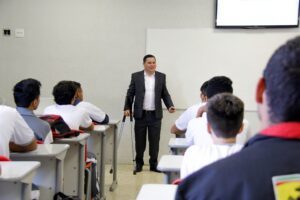
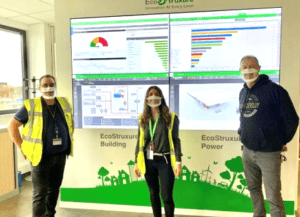

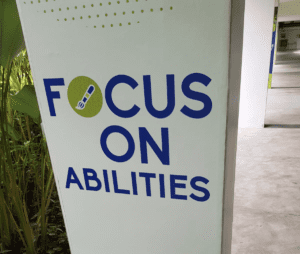
Conversation
Thanks for sharing your story, Rick. It helped me to look at inclusion and embracing differences in a better way. You’re an inspiration for me to do things differently. Cheers.